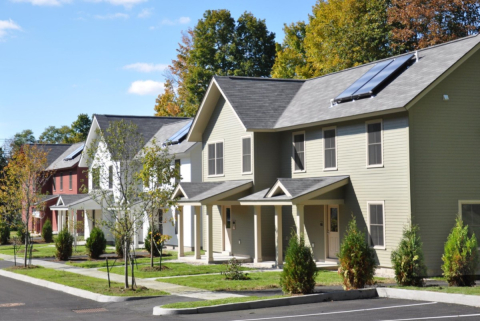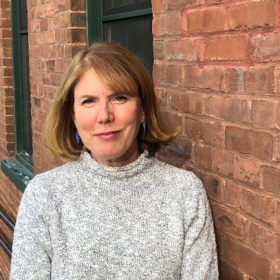Vermont learned last month that its population grew by a slim 2.8% between 2010 and 2020, less than the national average of 7.4%. But by planning to invest millions in American Rescue Plan Act funds in homes and neighborhoods, Vermont policy makers have embraced the opportunity presented by this decade to accelerate community and economic vibrancy. Last week, the Vermont legislature ended its session with a proposed 2022 state budget allocation for housing of $190 million of these federal recovery funds.

As the median age of Vermonters and the pace of retirement steadily increases, employers across the state have highlighted their need for employees. Many of the state's communities struggle to attract the younger, diverse residents that will foster long-term vitality.
About 6% of Vermonters are people of color, compared to 28% nationwide, according to 2019 Census estimates. Although Vermont is one of the least racially diverse states in the country, it mirrors the U.S. in that people of color and immigrants are becoming a larger segment of the population. Estimates from annual surveys indicate that nearly half of Vermont’s population increase this decade is composed of immigrants who moved here since 2010.
Immigrant workers have been a key driver of the success of many Vermont businesses in the past decade, particularly in the community and social service; farming, fishing and forestry; and computer and mathematical sciences industries. Each year, immigrant-owned businesses contribute about $55.4 million in revenue to the economy and immigrant households in Vermont pay about $57.9 million in state and local taxes.
About 36,000 Vermonters are a race other than white alone, according to the Census 2019 estimates. Unlike other states, about 35% of Vermont’s BIPOC residents were born outside the U.S., with 15% moving here since 2010. This is a significantly greater portion than for BIPOC residents nationwide. Understanding the unique importance of immigrant populations in Vermont and of engagement methods that consider differing language and cultural frameworks will improve efforts to increase housing equity.
The vast majority of Vermont’s BIPOC population are comprised of people who identify as Asian, Black or African American. People who identify as Asian are very likely to be born outside of the U.S. (75% of all Asians in Vermont and 66% in the U.S. as a whole).
Interestingly, Black or African Americans living in Vermont are more than three times as likely to be immigrants as Black or African Americans living in the U.S. as a whole. Thirty-six percent of all Vermonters who identify as Black or African American are immigrants compared to only ten percent nationwide.
Last year, VHFA examined housing barriers experienced by immigrants to Vermont. Vermont agencies consulted during the study identified eight ways to improve access to housing in the areas of language translation, outreach, affordable housing, workforce diversity, access to the transportation system, and providing funds to organizations.

